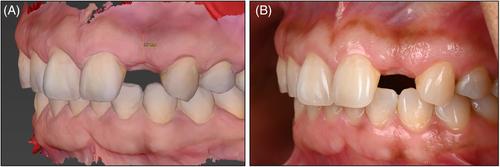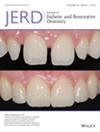The Bio-Restorative Concept for Implant-Supported Restorations
Abstract
Objective
This study aims to present the bio-restorative approach in implant dentistry, which combines biological and restorative concepts through digital planning. This concept combines periodontal, surgical, and prosthetic variables, aiming to reduce patient morbidity while achieving satisfactory esthetic and functional outcomes in implant-supported restorations in the long term.
Overview
Implant dentistry evolved from a primarily surgical to a recent prosthetically driven approach. This evolution was partly due to advancements in bone reconstructive techniques and an increased demand for esthetic outcomes. Recently, digital planning has introduced a new paradigm that allows for the full integration of both approaches. The bio-restorative concept considers functional, esthetic, and biological variables in a virtual planning environment. This is achieved through the simultaneous digital assessment of (A) anatomical site characteristics and (B) implant restorative variables. These variables include digital tooth arrangement, soft–hard tissue conditions, implant variables, supra-platform components, and a surgical plan that respects or modifies peri-implant phenotype.
Conclusions
The bio-restorative concept is intended to improve contemporary implant dentistry by integrating updated biological and prosthetic notions through digital planning. Adopting this paradigm has the potential to redefine the standards in implant dentistry, fostering a holistic and patient-centered approach.
Clinical Considerations
It enhances patient and clinician satisfaction through more efficient and less invasive procedures. Significantly, it improves predictability, leading to successful implant-supported restorations in the long term.


 求助内容:
求助内容: 应助结果提醒方式:
应助结果提醒方式:


